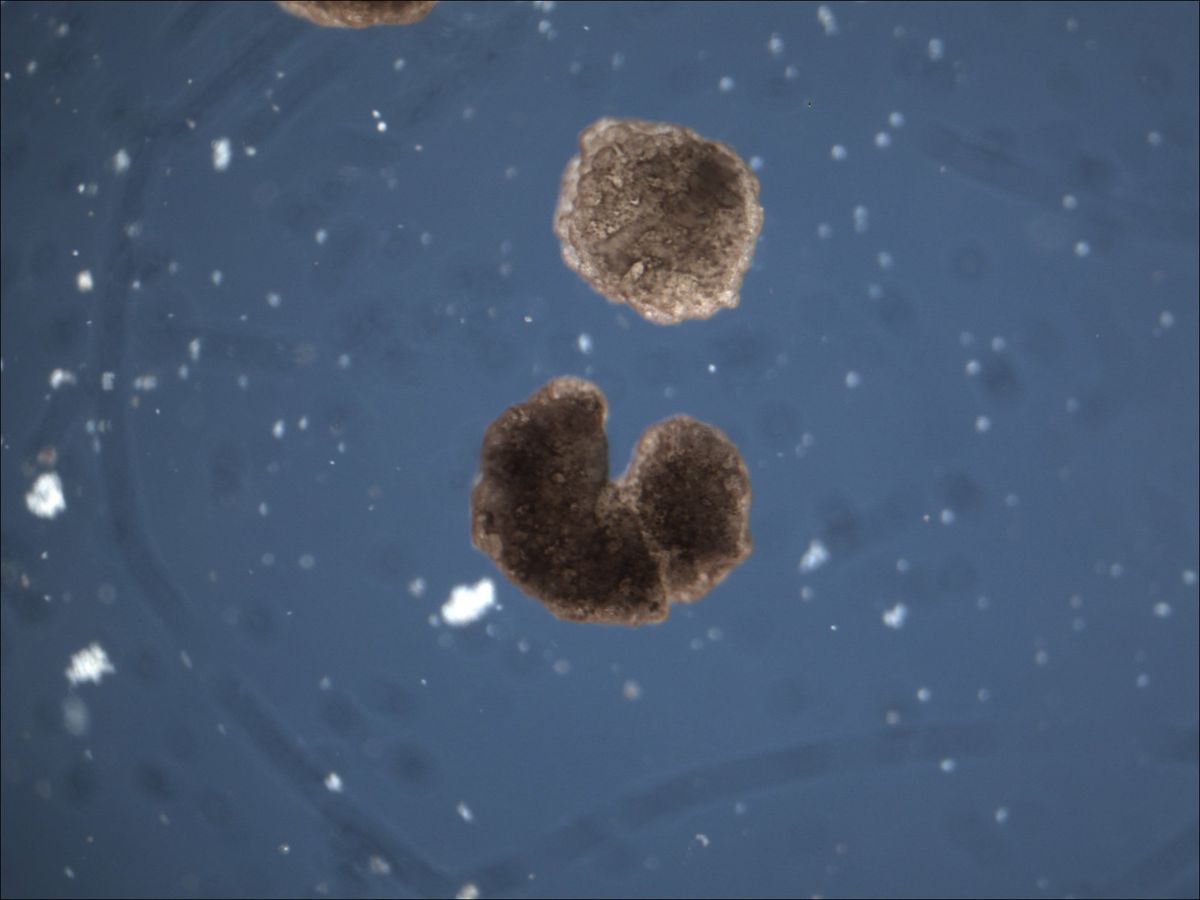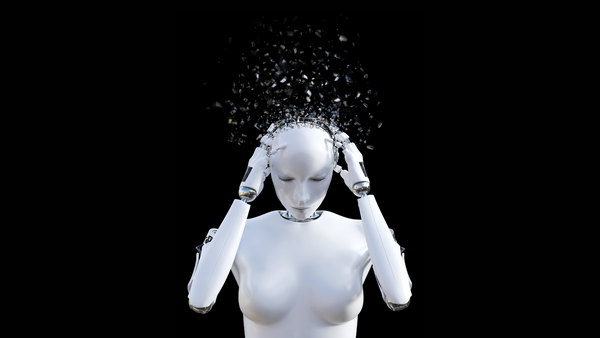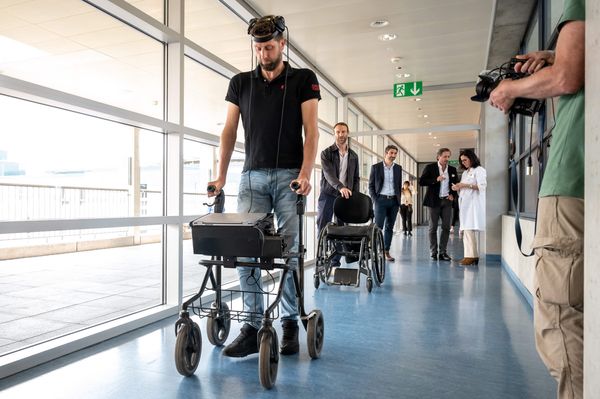The US scientists who have created the world’s first living robots have now found a way to make them reproduce. Known as “Xenobots,” the robots were created for the first time last year using stem cells of the Xenopus laevis, an African clawed frog. An AI program powered by a supercomputer generated their biological cell configuration, a C-shape like Pac-Man, which formed the basis of the robots.
Today: Now, the organisms have found a way to self-replicate by pushing together loose cells. The 0.04 inch-wide Xenobots were able to self replicate when fed with more frog cells in a petri dish, producing offspring of the cells that operate on their own. Called “kinetic replication,” this is the first time scientists have observed this type of reproduction in multicellular organisms.
Zoom Out: Biologist and developer of the Xenobots, Douglas Blackiston, said “This is an AI designing life, or designing a robot, whatever you want to call it. These are things that are not under the purview of [natural] selection.” While the experiment is still in its infancy, Blackiston and other researchers believe that this combination of AI and molecular biology could one day play a pivotal role in regenerative medicine and ocean microplastics collection.








